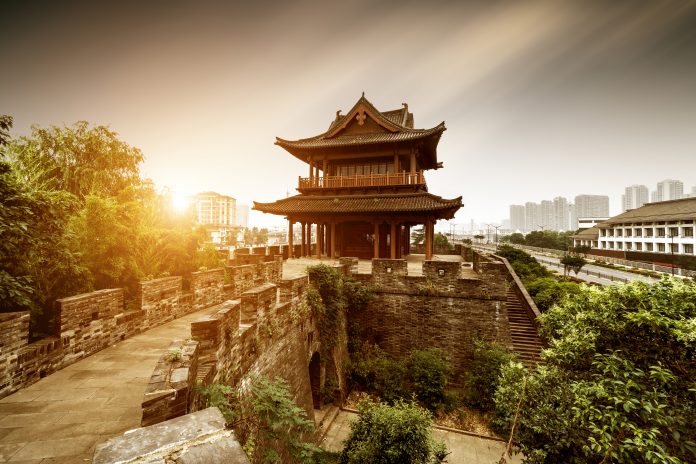ATTRACTIONS
China is a land of many facets and knowing about the areas or locations that you are intending to travel to will help to enhance your understanding of the people and their local traditions, the local sites and the often-breath-taking scenery. Many people still do not know fully understand and appreciate how big China is and how culturally different some parts of this country are to other parts. CNTO Sydney is here to help guide you and advise you on each destination that you may be considering to visit. We have information on many different parts of China and can advise on the geographic location and size, number of inhabitants and the major sites to visit in each city.
http://cnto.org.uk/world-heritage-1.html
The Great Wall
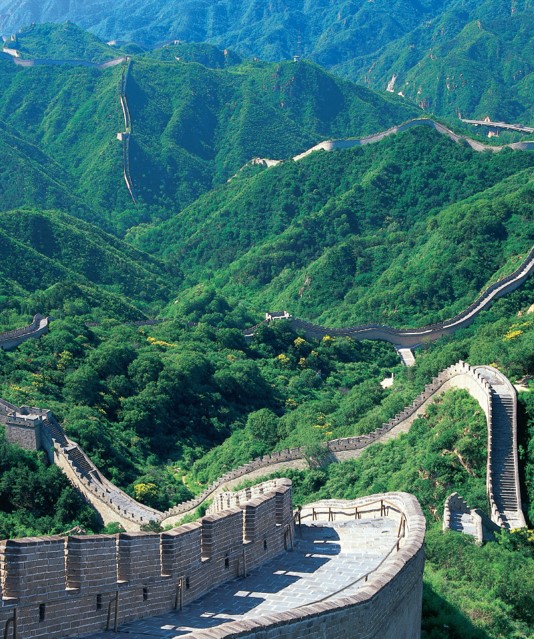
The Great Wall (长城) rises from Shanhaiguan, northeast of Qinhuangdao City in Hebei Province on the east coast and falls with the contours of the mountains westwards, crossing nine provinces, municipalities and autonomous regions over 6,700 kilometers, to end at Jiayu Pass, southwest of Jiayuguan City in Gansu Province.
Building of the wall began during the Spring and Autumn Period (770-476 BC) and the Warring States Period (475-221 BC) of the Eastern Zhou Dynasty. Ducal states at that time built walls to defend their individual territories. After the First Emperor of the Qin Dynasty crushed all rival states, he founded the first centralized and unified dynasty in Chinese history. To consolidate the country and ward off invasion by ethnic minority tribes in the north he had the walls linked and extended, giving rise to the 5,000-kilometer-long Qin Great Wall. Later dynasties from Han (206 BC – AD 220) to Ming (1368-1644) continued to build and improve the wall, extending it by more than 1,000 kilometers to its present magnitude.
http://english.scio.gov.cn/chinafacts/2017-04/13/content_40613789.htm
Suzhou Gardens

Suzhou, a cultural and historical city in east China’s Jiangsu Province, is celebrated around the world for its elegant gardens.
The history of Suzhou’s gardens can be traced as far back as the Spring and Autumn Period (770 BC – 476 BC). Distinctive gardens continued to appear throughout the subsequent dynasties, but it was during the Ming (1368 – 1644) and Qing (1644 – 1911) that the garden art of Suzhou was at its zenith. The prospering city and its outskirts were dotted with exquisite private gardens. Dozens of them, such as Zhuozheng Garden (Humble Administrator’s Garden) , Liuyuan (Lingering Garden), Wangshi Garden (Master of Nets Garden) and Huanxiu (Embracing Beauty) Mountain Villa, are still well preserved today.
Summer Palace
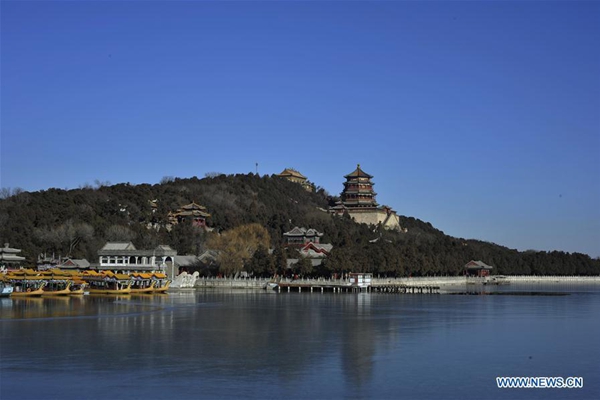
The Summer Palace (颐和园), located in the northwest suburbs of Beijing, is one of the finest examples Garden Architecture in China. More than 100 examples of traditional architecture are to be found in the park, including pavilions, terraces, temples, pagodas, waterside gazebos, covered corridors, stone bridges and the famous marble boat.
In December 1998, UNESCO included the Summer Palace on its World Heritage List. It declared the Summer Palace an “outstanding expression of the creative art of Chinese Landscape Garden Design, incorporating the works of humankind and nature in a harmonious whole.”
Forbidden City
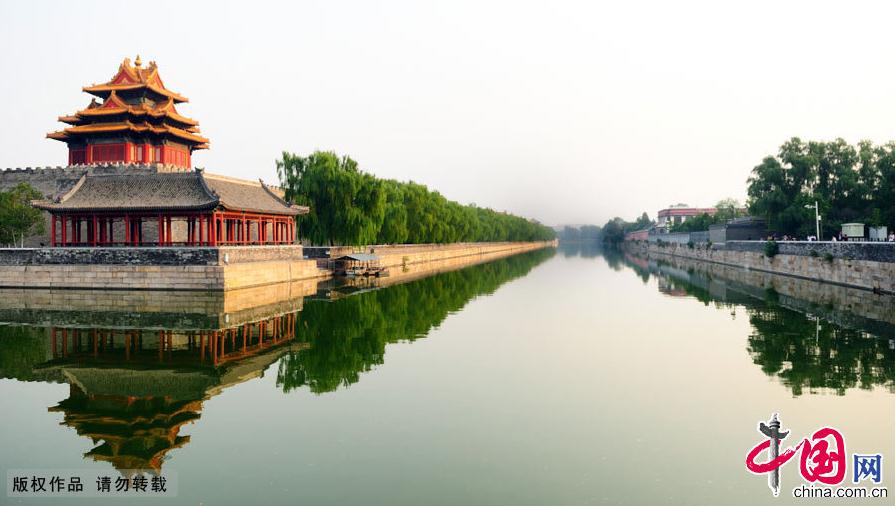
The Forbidden City (Imperial Palace) in the heart of Beijing is the largest and most complete imperial palace and ancient building complex in China, and the world at large. Its construction began in 1406 and was completed 14 years later, having a history so far of some 580 years. Twenty-four emperors from the Ming and Qing (1644-1911) dynasties lived and ruled China from there. Most of the buildings in the Forbidden City were rebuilt many times, although they maintained the original architectural style.
http://www.china.org.cn/travel/2015-02/27/content_34905055_10.htm
Mausoleum of the First Emperor of the Qin Dynasty
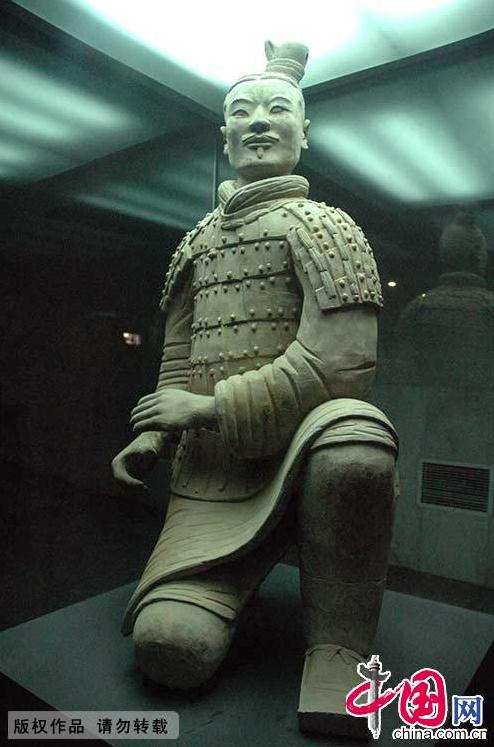
The Mausoleum of the First Emperor of the Qin Dynasty (221 BC-206 BC), who successfully defeated all rival ducal states and unified China by establishing the first centralized feudal dynasty, is located at the northern foot of Lishan Hill in Lintong, Shaanxi Province. It is the largest mausoleum ever discovered in the world. His buried terracotta army unearthed nearby has already stunned the world and has been called the “eighth wonder of the world”. They are the largest pottery figurine group ever unearthed in China. So far, three pits containing such figurines have been excavated. They cover a total area of 20,000 square meters. Some 8,000 life-sized warriors demonstrate a powerful military array under the rule of the First Emperor of the Qin Dynasty, 2,200 years ago.
http://www.china.org.cn/travel/2015-02/15/content_34829821_7.htm
The Temple of Heaven
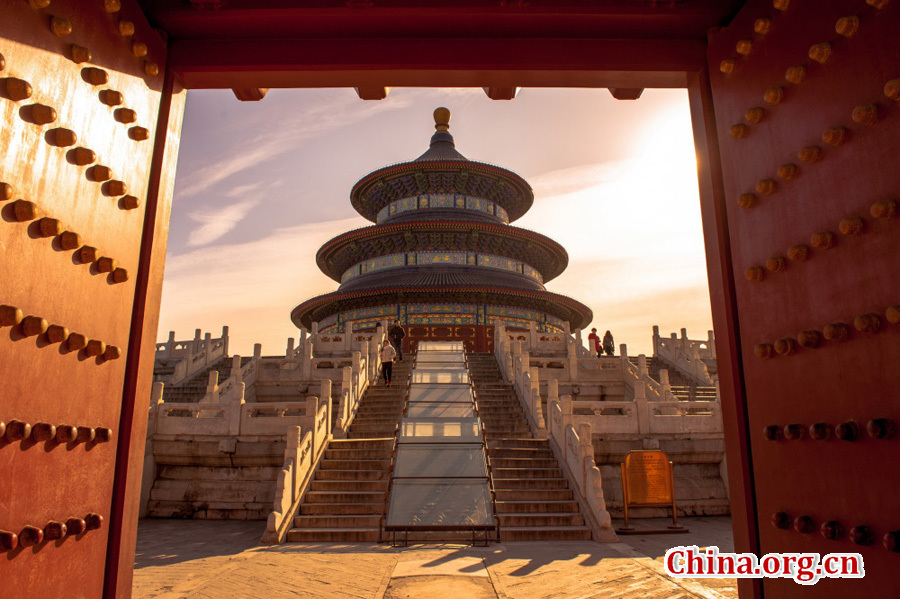
The Temple of Heaven in the southern part of Beijing is China’s largest existing complex of ancient sacrificial buildings. Occupying an area of 273 hectares, it is three times the area of the Forbidden City. It was built in 1420 for emperors to worship Heaven. The principle buildings include the Altar of Prayer for Good Harvests, Imperial Vault of Heaven and Circular Mound Altar.
http://www.china.org.cn/travel/2016-01/15/content_37585258_4.htm
Mount Emei in spring
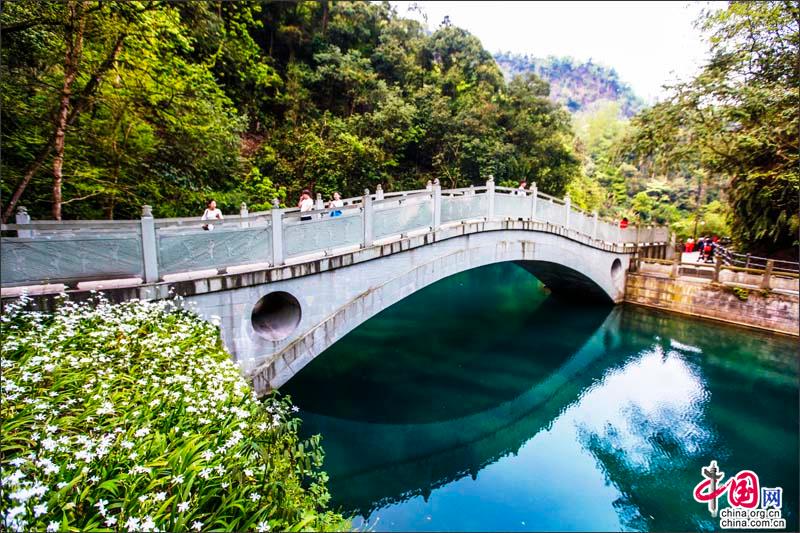
Mount Emei rises in the southwestern part of the Chengdu Plain in Emeishan City, with its highest peak being 3,099 meters above sea level. The craggy southern part of the mountain is crisscrossed by ravines and covered with a dense growth of plants, while the northern part features sheer precipices, and waterfalls cascading down the slope.
http://www.china.org.cn/travel/2018-04/16/content_50891711_18.htm
Mount Huangshan
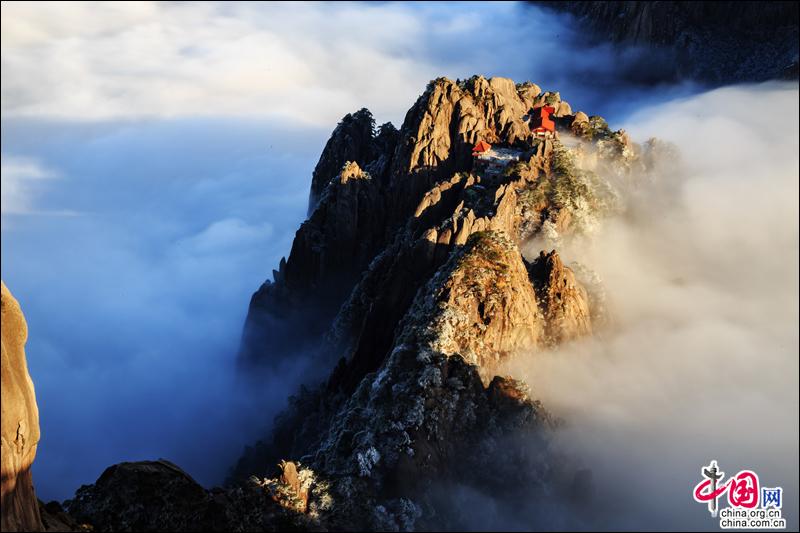
Located in southern Anhui Province, Mount Huangshan covers an area of 250 kilometers, of which 154 square kilometers are scenic attractions. Its landscape features “four wonders” of imposing peaks, spectacular rocks, odd-shaped pines, and a sea of clouds.
http://www.china.org.cn/travel/2018-01/08/content_50203210_8.htm
Peking Man Site at Zhoukoudian

In December 1929, a Chinese paleoanthropologist named Pei Wenzhong discovered a complete skull of “Peking Man” on Dragon Bone Hill northwest of Zhoukoudian, in the southwest suburbs of Beijing. Later, archaeologists unearthed 40-odd individually fossilized skeletons of “Peking Man”, male, female, old and young, all at the same site. Zhoukoudian, therefore, became the most common site for human remains with the most abundant fossils in the world from the same period. The discovery pushed the history of Beijing’s civilization back to some 600,000 years. These fossilized remains prove that “Peking Man” was primitive man in an evolutionary process from ancient ape to modern man, and is the ancestor of the Chinese nation.
http://www.china.org.cn/english/kuaixun/74857.htm
http://www.china.org.cn/travel/2016-04/11/content_38218593.htm
Sichuan Giant Panda Sanctuaries – Wolong, Mt. Siguniang and Jiajin Mountains
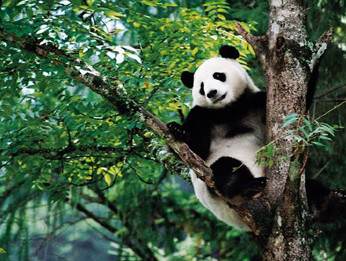
Sichuan Giant Panda Sanctuaries, home to more than 30 percent of the world’s highly endangered pandas, covers 924,500 hectares with seven nature reserves and nine scenic parks in the Qionglai and Jiajin Mountains, between the Chengdu Plateau and the Qinghai-Tibet Plateau.
http://www.china.org.cn/english/whp/216160.htm
Imperial Tombs of the Ming and Qing Dynasties
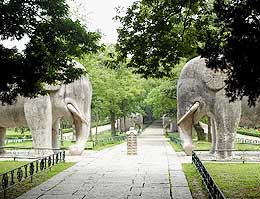
The Ming and Qing imperial tombs are natural sites modified by human influence, carefully chosen according to the principles of geomancy (Fengshui) to house numerous buildings of traditional architectural design and decoration. They illustrate the continuity over five centuries of a world view and concept of power specific to feudal China.
http://www.china.org.cn/whp/2005-01/25/content_1075232.htm
The Mogao Grottoes
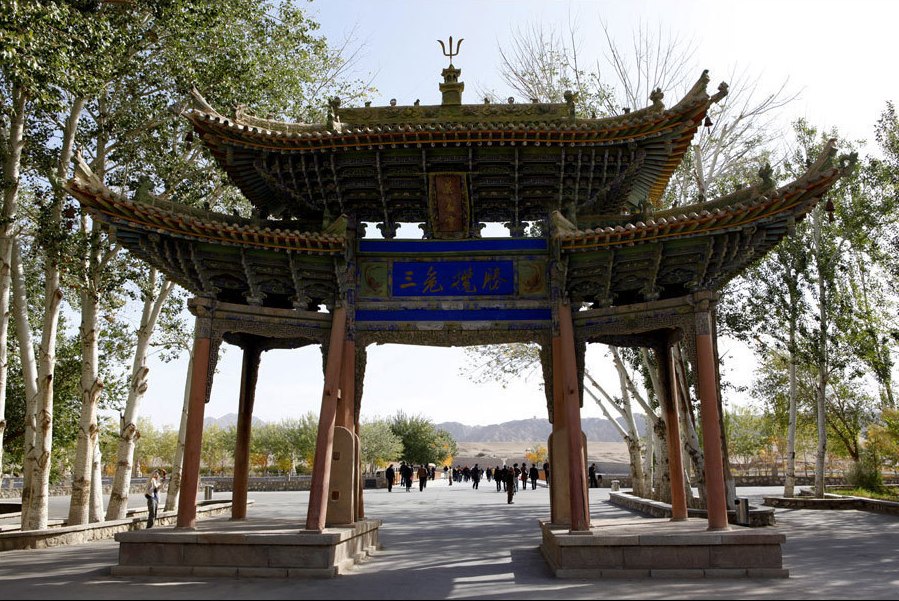
Located on the eastern slope of Rattling Sand Mountain (Mingshashan) southeast of Dunhuang County in Gansu Province, the Mogao Grottoes (also known as Thousand Buddha Cave) is one of three noted grottoes in China and also the largest, best preserved and richest treasure house of Buddhist art in the world.
http://www.china.org.cn/travel/cultural_relics/2011-07/01/content_25857433_7.htm
Temple and Cemetery of Confucius

Qufu, Shandong Province, is the hometown of Confucius (551-479 BC), a great thinker, statesman and educator in China’s history, and founder of the Confucian school of philosophy. The place abounds in cultural relics, of which the most famous are the Confucian Temple, Confucian Cemetery and Confucian Family Mansion.
The Confucian Temple, in the center of Qufu City, was built in 478 BC. There are still 466 halls, pavilions and other rooms intact, covering a total area of 21.8 hectares. Repeated improvement and expansion has turned the temple into a palatial complex with nine rows of courtyards. The Great Accomplishment Hall, the major structure of the temple, is 33 meters tall. It is roofed with yellow glazed tiles and has octagonal eaves. The front 10 stone columns are carved with dragons. In addition to a statue of Confucius, the hall also houses stone inscription of the Ming Dynasty, which tells the life story of Confucius in 120 pictures, as well as a great deal of stone tablets.
http://www.china.org.cn/travel/cultural_relics/2012-04/09/content_25995366.htm
http://www.china.org.cn/english/kuaixun/74944.htm
Huanglong Scenic
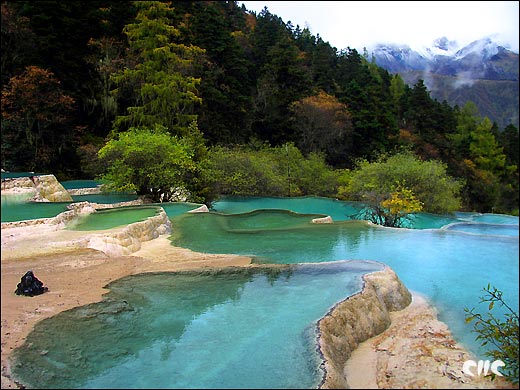
Huanglong (Yellow Dragon) Scenic Area, also in northern Sichuan’s Aba Tibetan and Qiang Autonomous Prefecture, neighbors the Jiuzhaigou Scenic Area. It was named after the ancient Huanglong Temple within the area.
The most remarkable scene in the area is the Huanglong Valley noted for its unique open karst landscape. The main attraction of the valley is the 3.6-kilometer-long and 30 to 70-meter-wide pale yellow calcareous deposits. At the end of the valley, water from melting snow mixes with limestone water from underground, flowing down the mountain terraces, depositing the calcium carbonate from the limestone water on the rocks, stones, and fallen branches in its path. The calcium carbonate, in turn, develops into solid, low travertine banks and reacts chemically with organic and inorganic substances, resulting in various kinds of calcareous deposits that reflect a golden color in the sunlight in the water that flows down the slopes just like a huge yellow dragon flying down the snow mountain. When water flows into two separate streams, it naturally turns into more colorful lakes and waterfalls, forming a ladder-shaped lake group. The water is crystal clear. The mineral deposits at the lake bottom look like jadeite and agate – magnificent and beautiful.
http://www.china.org.cn/travel/Wild_Sichuan/2014-06/26/content_32781941.htm
Sichuan Giant Panda Sanctuaries

Sichuan Giant Panda Sanctuaries, home to more than 30 percent of the world’s highly endangered pandas, covers 924,500 hectares with seven nature reserves and nine scenic parks in the Qionglai and Jiajin Mountains, between the Chengdu Plateau and the Qinghai-Tibet Plateau. The sanctuaries constitute the largest remaining contiguous habitat of the giant panda, which is recognized as a “national treasure” of China and is a flagship for global conservation efforts. This species is a relict from the paleo-tropic forests of the Tertiary Era. The giant panda feeds almost exclusively on bamboo in the wild and its preferred habitat is between 2,200m to 3,200m.
Mount Taishan
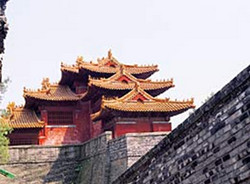
Mount Taishan, with its main peak rising 1,545 meters above sea level, in central Shandong Province, has, since ancient times, been a mountain held in high esteem by the Chinese people. It is known as the “First of the Five Sacred Mountains”, all situated on the Central Plains of the country. It ranks third among the five mountains in terms of height. Its reputation comes mostly from its cultural position. According to historical records, Mount Taishan became a sacred place haunted by emperors to offer sacrifices and meditate in the Zhou Dynasty over 1,000 years before the Christian era. A total of 72 emperors were recorded as visiting it. Men of letters also came to acquire inspiration, to compose poems, write essays, paint and take pictures. Hence, a great many cultural relics were left on the mountain.
http://www.china.org.cn/english/kuaixun/74863.htm
Ancient Villages in Southern Anhui
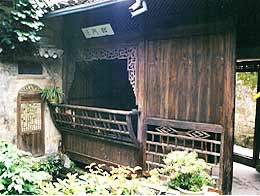
The time-honored residential buildings of Yixian County, located at the foot of Mt. Huangshan, Anhui Province, have long been regarded as typical examples of Anhui-style architecture. There are 29 Ming Dynasty (1368-1644) and 3,611 Qing Dynasty (1644-1911) residential buildings and family temples in the county. Decorated with the typical local style of brick, wood and stone, carvings, they display the ornateness and elegancy of the traditional 15th-16th century edifices, boasting historical and research value, as well as being tourist attractions. The most typical of these are the residential houses of Xidi Village and the paleo-ox-shaped Hongcun Village. They have been referred to as museum of Ming and Qing residential houses in China.
http://www.china.org.cn/english/kuaixun/75217.htm
Jiuzhaigou Valley Scenic

Situated in the depths of the mountains in the border area of Nanping, Songpan and Pingwu counties in Aba Tibetan and Qiang Autonomous Prefecture of northwestern Sichuan, is a fairyland called Jiuzhaigou – Nine-Village Valley, which is the home of nine Tibetan villages. The valley is 50 kilometers in length.
http://www.china.org.cn/whp/2003-12/24/content_1074869.htm
Mount Qingcheng and the Dujiangyan Irrigation System
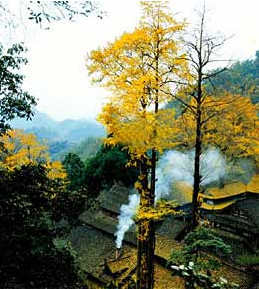
Mount Qingcheng and the Dujiangyan Irrigation System are two state-level scenic attractions in China. Both are located west of Chengdu, the capital city of Sichuan Province. Mount Qingcheng, known as the fifth among the most famous Taoist mountains of China, is one of the places where Taoism came into being. With the snow-covered Mingshan Mountain in the background and the Chuanxi Plain in front, the evergreen Mount Qingcheng covers an area of over 120 kilometers. Altogether it has 36 peaks covered with thick forests of trees and bamboo, 72 caves and 108 scenic spots. It gets its name from the way the peaks resemble the structure of a city wall. The name Qingcheng means green city. Damian Mountain is its main peak and the Master’s Cave (Tianshitong) serves as its pivot. The mountain is well known for its serene scenery that contains halls and temples shaded by forests and enhanced by interesting legends and anecdotes.
http://www.china.org.cn/whp/2004-01/02/content_1075140.htm
Wulingyuan Scenic and Historic Interest Area

Located in northwestern Hunan, the Wulingyuan Scenic Area consists of three parts: Zhangjiajie National Park, Suoxiyu Nature Reserve and Tianzi Mountain Natural Reserve, covering a total area of 350 square kilometers. Being a complete quartz and sandstone geomorphological structure, Wulingyuan boasts some 3,100 peaks (of which over 1,000 rise at least 200 meters), which look like bamboo shoots: spectacular and grotesque, lofty and elegant. It is a real wonder to have such a large forest of natural peaks on the several hundred-meter-thick quartz and sandstone base. This, plus the mysterious deep valleys and grottos, offers fantastic views.
http://www.china.org.cn/english/kuaixun/74936.htm
Mount Sanqingshan National Park

Mount Sanqingshan National Park, a 22,950 ha property located in the west of the Huyaiyu mountain range in the northeast of Jiangxi Province (in the east of central China) has been inscribed for its exceptional scenic quality, marked by the concentration of fantastically shaped pillars and peaks: 48 granite peaks and 89 granite pillars, many of which resemble human or animal silhouettes. The natural beauty of the 1,817 metre high Mount Huaiyu is further enhanced by the juxtaposition of granite features with the vegetation and particular meteorological conditions which make for an ever-changing and arresting landscape with bright halos on clouds and white rainbows. The area is subject to a combination of subtropical monsoonal and maritime influences and forms an island of temperate forest above the surrounding subtropical landscape. It also features forests and numerous waterfalls, some of them 60 metres in height, lakes and springs.
http://www.china.org.cn/whp/2011-01/19/content_21776041.htm
Lushan National Park
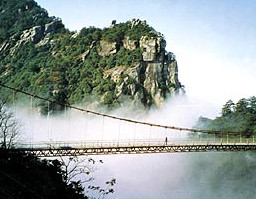
Mount Lushan, located by the Poyang Lake, 36 kilometers south of Jiujiang City, Jiangxi Province, covers an area of 350 square kilometers. The Hanyang Peak, the highest, rises 1,474 meters above sea level. At Lushan, towering peaks and dangerously steep cliffs on all sides surround a relatively gentle center. The landscape here is spectacular with some 100 peaks being veiled in mist for some 191 days annually on average. It is particular cool in summer and is therefore a world-renowned summer resort.
http://www.china.org.cn/english/kuaixun/74950.htm
Mountain Resort and its Outlying Temples in Chengde
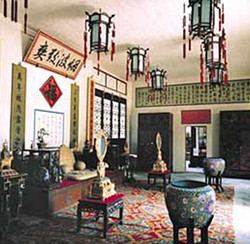
The Mountain Resort in Chengde, one of the four most famous Chinese gardens and one of the largest and best-preserved imperial palaces outside Beijing, used to be a summer resort and hunting ground for emperors of the Qing Dynasty (1644-1911). They also used the palace to organize martial art competitions and receive the elite of ethnic minority groups from around China.
http://www.china.org.cn/whp/2004-01/05/content_1074937.htm
The Bund
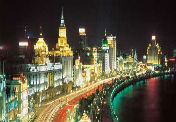
Populated by the beautiful Art Deco buildings of the European, British and American banks that settled here in the 1930s, the Bund is the best way to experience the city’s colonial past. Situated on the banks of the Huang Pu River, there is something happening on the Bund every moment of the day; from locals doing tai chi in the early morning mist to families parading along the strip under the neon lights at night.
http://cnto.org.uk/attractions-1/item/the-bund.html
The Potala Palace
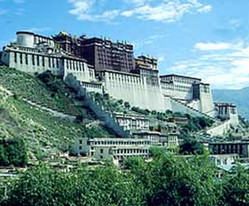
This ancient architectural complex is considered a model of Tibetan architecture. Located on the Red Hill in Lhasa, Tibet, it is 3,700 meters above sea level and covers an area of over 360,000 square meters, measuring 360 meters from east to west and 270 meters from south to north. The palace has 13 stories, and is 117 meters high.
In 641, Songtsan Gambo, ruler of the Tubo Kingdom, had the Potala Palace built for Princess Wencheng of the Tang Dynasty, whom he was soon to marry. This structure was later burned to the ground during a war and was rebuilt in the 17th century by the Fifth Dalai Lama. Repeated repairs and expansions until 1645 finally brought the palace to its present scale. Over the past three centuries, the palace gradually became a place where the palace gradually became a place where the Dalai Lama lived and worked and a place for keeping the remains of successive Dalai Lama.
http://www.china.org.cn/whp/2004-01/05/content_1074941.htm
Yu Yuan Gardens
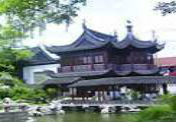
Once you’ve entered into the grounds of this 500 year old classical Chinese garden, you’ll instantly forget that you are surrounded by a city of 18 million people. Employing the four traditional concepts of water, building, rocks and plants, the Yu Yuan Gardens are a fine example of Ming garden design and are one of Shanghai’s premier sights. Surrounding the gardens is the popular Yu Yuan bazaar, which showcases the beautiful designs of Shanghai’s ancient houses.
http://cnto.org.uk/attractions-1/category/beijing-municipality-copy/2.html
Lijiang River
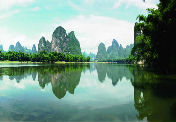
The Lijiang River is a national key scenic area and the essence of Guilin scenery. Stretching from Guilin to Yangshuo, the Lijiang River is 83km in its full length. If you go aboard at Mopanshan Dock or Zhujiang Dock, the journey is about 60 km, in which the most beautiful section is the 40 km or so from the starting dock to Xingping. Scenery alont the Lijiang River is charming and attractive, which is famous for the green mountains, clear waters, peculiar caves and beautiful rocks.
Oriental Pearl Tower
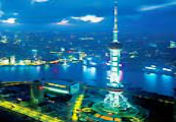
Easily the most famous landmark in Shanghai, the Oriental Pearl Tower was opened in 1995. With its unique domes, the Pearl Tower lights up at night like a giant Disco ball. The Oriental Pearl Tower stands over 460 metres high and is complete with a viewing deck offering great views of both East and West Shanghai.
http://cnto.org.uk/attractions-1/item/oriental.html
Jiuzhaigou Vally

A world natural heritage and a national AAAAA scenic zone, Jiuzhaigou Vally is located in Jiuzhaigou Country of the Aba Tibetan and Qiang Autonomous Prefecture, with an elevation of 2,000 to 4,300 m. The scenic zone is characterized by alpine lakes and waterfalls, integrating lakes, waterfall, shals,brooks, snow-crapped peaks, forests and Tibetan customes, Thanks to its unique primitive natural beauty, changeable scenery in the four seasons, and abundant animal and plant resources, Jiuzhaigou is known as the “paradise on earth” and “world of fairy tales”.
The primitive and picturesque scenic spots of Jiuzhaigou are mainly distributed along Shuchin Gully from the entrance to Norinam and two branch gullies (Chawa and Rize gullies). The “Y”-shaped section cobers an area of 720 sq km. The scenic zone contains 118 alpine lakes, 17 waterfall groups, many travertine shoals and various kinds of precious and rare animals and plants. The famous tourist attractions in Jiuzhaigou include the Sword Hanging Waterfall, Fragrant Grass Lake, Swan Lake, Sword Bamboo Lake, Panda Lake, High Waterfall, Five Flower Lake, Pearl Shoal Waterfall, Mirror Lake, Norinam Waterfall, Rhinoceros Lake, Shuzheng Waterfall and Shuzhengqun Lake, Jiuzhaigou Valley is open to tourists all the year round, and autumn is the best season for tourists to visit Jiuzhaigou.
Transport : Tourists may take a bus at the Chengdu Xinnanmen Passenger Transportation Center to the entrance of Jiuzhaigou Valley; or take a bus at the Chadianzi Bus Terminal to the country town of JIuzhai, and then change a bus to Jiuzhaigou Valley.
Tel : 0086-837-7739753
Website : http://www.jiuzhai.com
http://cnto.org.uk/attractions-1/item/jiuzhaigou-vally.html
Wild Goose Pagoda

About one km south of the city stand the Lesser Wild Goose Pagoda within the compound of the Jianfu Temple. This Pagoda is smaller than the Greater Wild Goose Pagoda in the Daci’en Temple, hence the name. First constructed in the jinlong reign (707-710) of Emperor Zhongzong of the Tang Dynasty, it is a square brick structure with multi-layer eaves. Originally, the Lesser Wild Goose Pagoda had 15 stories, but now it has only 13stories after many earthquakes. The Less Wild Goose Pagoda is one of the two important symbols of the ancient capital of Chang’an in the Tang Dynasty. “The Wild Goose Pagoda and Morning Toll.”, which consists of the Lesser Wild Goose Pagoda and the toll from the Jianfu Temple, is one of the eight scenic sights in Guanzhong.
http://cnto.org.uk/attractions-1/item/the-greater-wild-goose-pagoda.html





